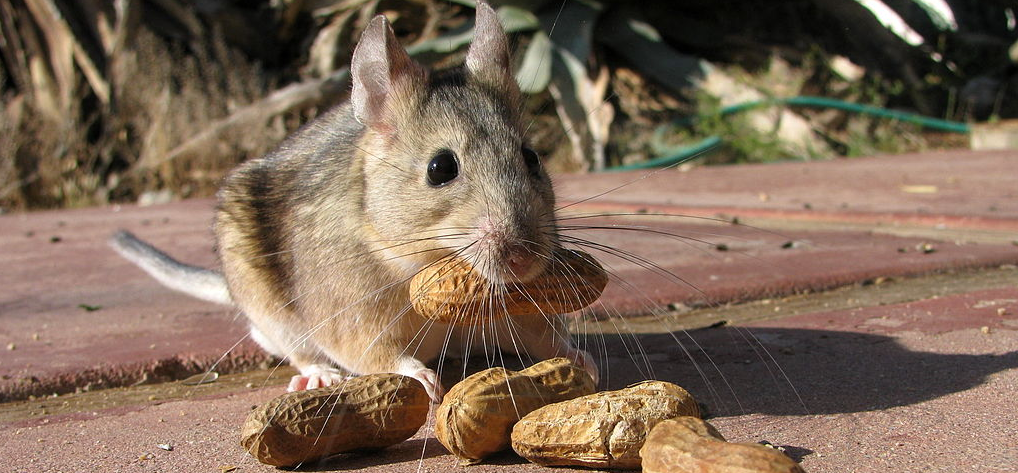Abstract
Selenoproteins are those proteins containing Selenium, an essential micronutrient. This element is found in an amino acid called Selenocystein (Sec), codified by a UGA codon, which also codifies for a STOP codon. For this reason, selenoprotein identification and annotation is complicated. There is some variability in selenoproteins, there have been described some species which rather than a selenoprotein gene contain a homologous with cysteine. In addition, some species have lost the necessary machinery for the synthesis of selenoproteins during evolution.
The aim of our project was to predict the selenoproteome in Neotoma lepida. In order to do the homology study, we used Mus musculus as a reference species because of its phylogenetic proximity and its well annotated genome. However, we could not characterize all selenoproteins of Mus musculus in our genome so we tried using Homo sapiens and Rattus norvegicus as reference species in these cases.
The methodology consisted in creating a program using Perl to automate the process in which we used different alignment tools. Afterwards, we searched for SECIS elements in predicted genes.
Finally, using this method we could characterize 19 selenoproteins, 9 cysteine-containing homologs and 6 machinery proteins in Neotoma lepida’s genome.
| 